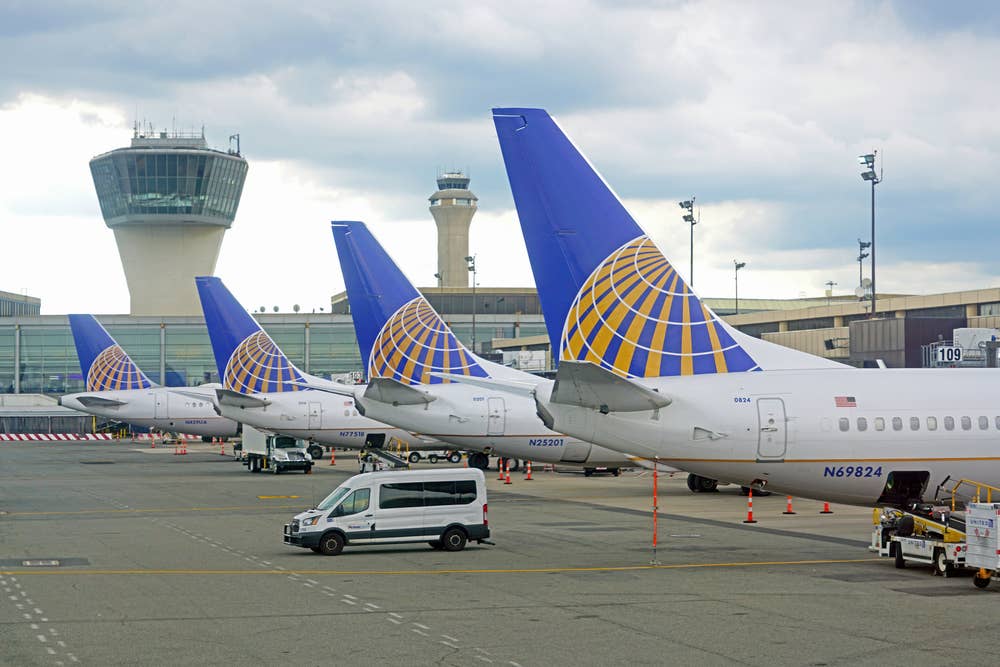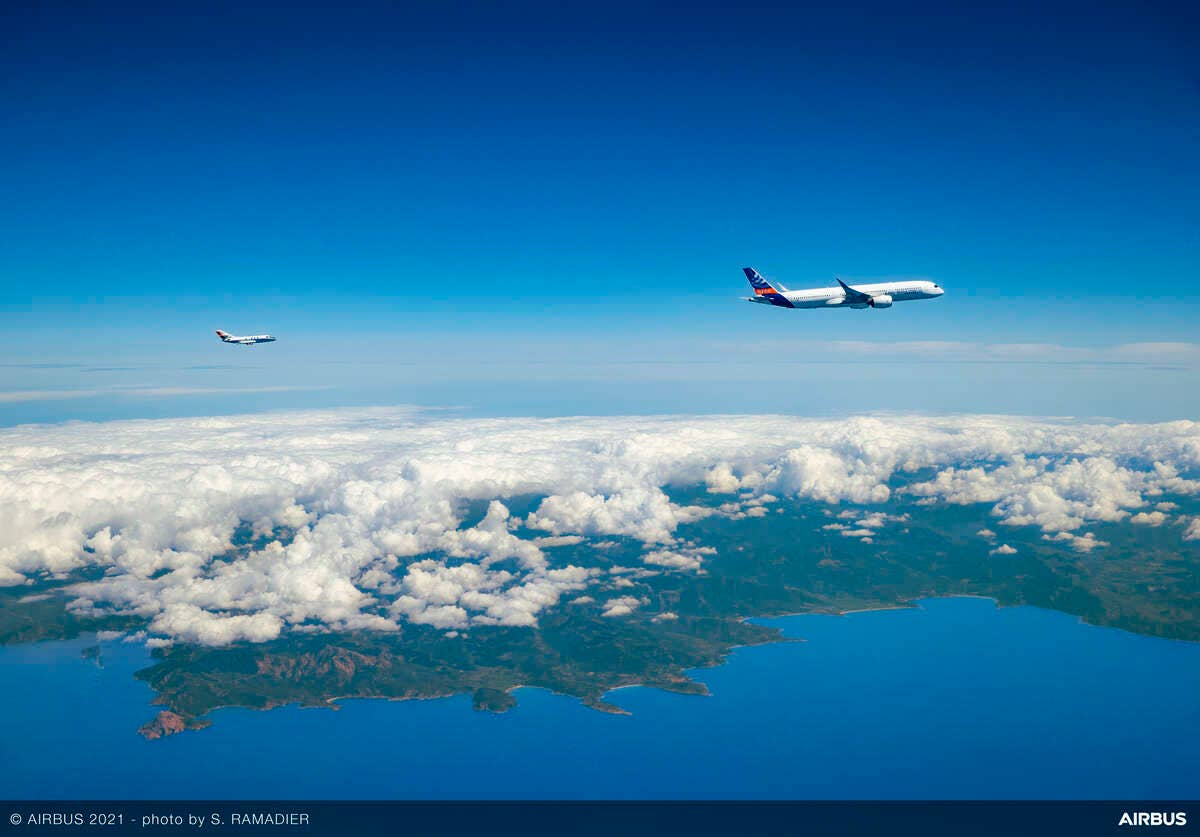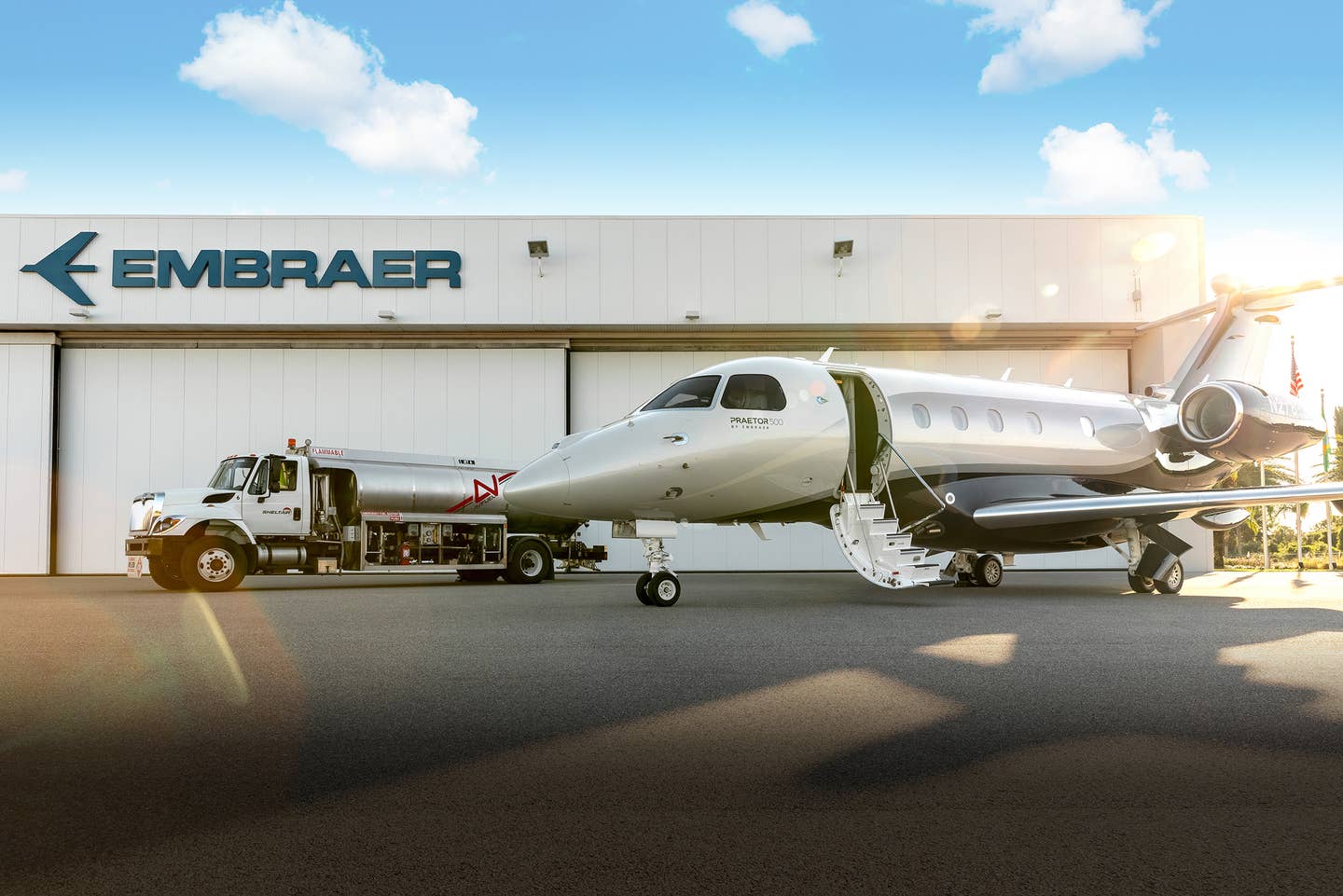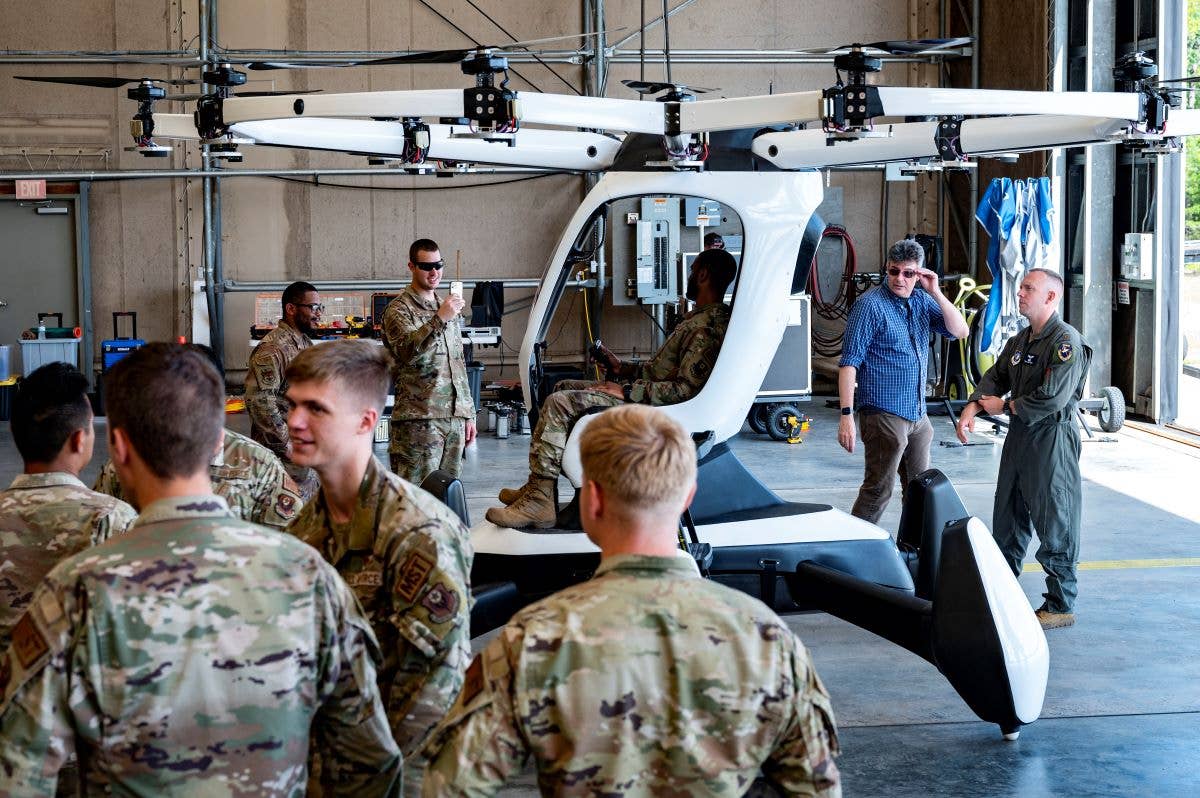NASA Officials Detail High-Efficiency Experimental Jet Development
The agency answers pressing questions about how the next generation of transport aircraft will develop and operate.
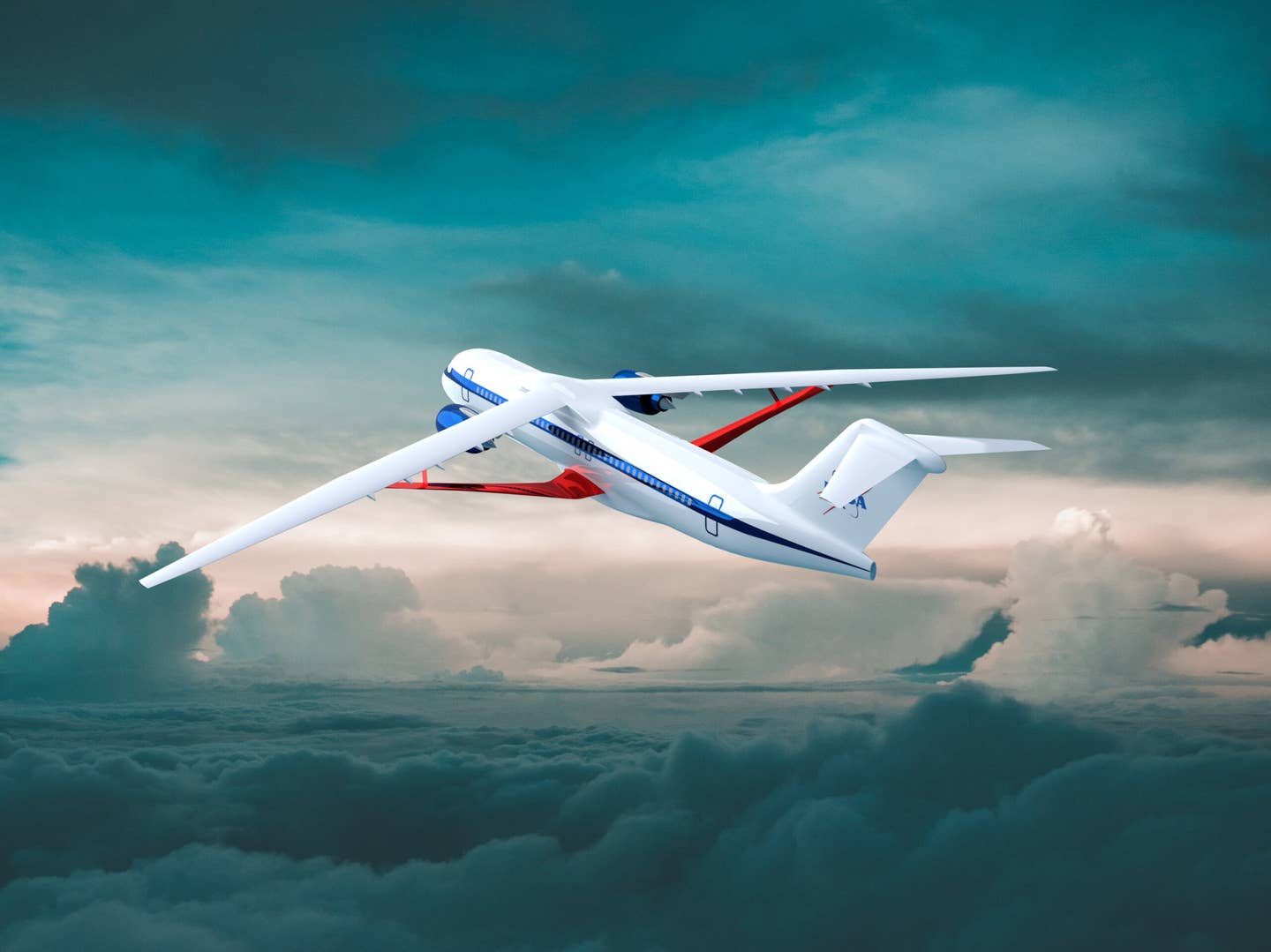
An illustration of NASA’s TTBW transport aircraft concept. [Courtesy: NASA]
Two members of the team behind NASA’s partnership with Boeing to develop more efficient transport aircraft visited FreightWaves TV today to discuss some of the details of the transonic truss-braced wing, or TTBW, aircraft the agency and company are planning to build.
The unusual design, which has caused a stir in some aviation circles, is expected to be flying, at least in tests, before the end of the decade.
Brent Cobleigh, acting chief of staff at NASA's Armstrong Flight Research Center at Edwards, California, and Sarah Waechter, a NASA deputy project manager, talked about some of the factors driving the project, including expected long-term increases in demand for air travel around the world.
Coblegh said NASA has been looking into potential new aircraft designs for many years. Some, like the TTBW, push the concept of evolution farther than others.
“Airplanes haven’t changed very much,” over the past several decades, he said. Transport aircraft long ago settled on the basic design of “a long tube and wings,” he added. The lack of change is understandable because the design has worked well and developing something new would be prohibitively expensive and risky for many aviation companies.
Cobleigh said the demonstrator aircraft, which has been under development for more than a decade as part of the Sustainable Flight Demonstrator, or SFD program, reflects the desire to “bring the government together with industry and share in the risk reduction.”
The following are a few of the questions the NASA team addressed:
What is a transonic truss-braced wing demonstrator?
It has several differences from traditional commercial aircraft. The most noticeable is very long, thin wings. We have long known that longer wings (with a similar wing area) are more efficient. They have less drag for a given amount of lift. But the longer wings are very difficult to manufacture with the structural integrity needed to safely fly passengers. The truss that supports the wing adds the stiffness needed and provides additional lift. This configuration produces less drag, which requires less thrust and lower fuel burn.
Where does the funding go?
The money ($425 million form NASA and more than $700 million from Boeing and its industry partners) will cover the cost to design, fabricate, ground test, and flight test the SFD aircraft. While the cost of this effort is high, the importance of aviation to the US economy is enormous.
How do we reduce aviation energy use and emissions?
NASA in partnership with other government agencies, aviation manufacturers, and airlines, are taking a multi-prong approach to reducing aviation’s impact on the climate. The SFD project is focused on the aircraft shape itself. Aerodynamics, advanced structures, and other technologies enable an efficiency improvement. Advanced propulsion systems will add additional fuel efficiency benefits. Other improvements will come from lighter weight materials and advanced manufacturing techniques. Together we believe a 30 percent fuel efficiency improvement is possible. Advances in cleaner fuels will also significantly reduce carbon emissions. Sustainable aviation fuels made from various bio-based feedstocks have much reduced emissions. The greatest challenge is to dramatically scale up production to replace today’s jet fuel. Together these technologies will drive us toward our goal of net-zero aviation emissions by 2050.
What implications does this have for transportation and logistics?
The SFD can help the airline sector to meet the high demand for air cargo while responsibly reducing the industry’s impact on climate.
What is the timeline?
- 2023-2025: Design refinement and detailed design
- 2026-2027: Fabrication, assembly, and ground testing
- 2028-2029: Flight testing

Subscribe to Our Newsletter
Get the latest FLYING stories delivered directly to your inbox

